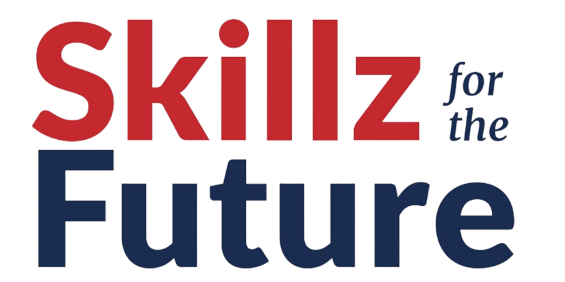Life is an unpredictable journey filled with challenges, setbacks, and unexpected twists. In the face of adversity, the ability to rebound and emerge stronger defines resilience. Imagine resilience as the ‘rubber ball’ factor – the innate capacity to bounce back when life throws its curveballs.
Defining Resilience
Resilience, in essence, is the art of navigating life’s inevitable challenges, setbacks, and problems and emerging from them with newfound strength. It encompasses the skills to cope with adversity, drawing from various sources such as rational thinking, physical and mental well-being, and the support of relationships.
Resilience is not reserved for overcoming monumental challenges; it is a daily companion, helping us navigate the hurdles that come our way.
The Four Pillars of Resilience
Building resilience involves mastering four fundamental ingredients:
Awareness: The ability to observe and comprehend both your surroundings and your internal thoughts is a foundational aspect of resilience.
Thinking: Rational interpretation of events is key. It involves deciphering situations in a logical manner, preventing emotions from clouding judgment.
Reaching Out: Knowing when to seek support from others is crucial. Resilience thrives on the strength of connections and the willingness to ask for help when needed.
Fitness: Both mental and physical well-being play integral roles in coping with challenges without succumbing to illness.
Navigating the Thought-Emotion Link
Understanding the intricate connection between thoughts and emotions is pivotal. Psychologist Albert Ellis introduced the A-B-C model – Adversity, Beliefs, Consequences – illustrating the process of how we interpret situations.
Recognising that certain thoughts trigger specific emotions is essential:
Losing something → Sadness
Experiencing harm from someone → Anger
Causing harm to others → Shame
Feeling threatened → Fear
Identifying these thought-emotion connections enables us to address the underlying issues effectively.
Steering Clear of Thinking Traps
At the ‘B’ stage of the A-B-C model, individuals can fall into ‘thinking traps.’ These traps involve making assumptions without examining evidence, often using phrases like ‘never,’ ‘always,’ and ‘I…they…’:
“I just can’t do maths.”
“I’ve never been able to do things like that.”
“They’ve taken it away from me.”
Awareness of these traps is crucial, preventing them from hindering effective action and undermining resilience.
Enhancing Resilience through Thoughtful Approaches Developing resilience involves thoughtful strategies, including:
Gathering More Information: Engaging the rational brain in decision-making by actively seeking more information. This helps in making informed decisions based on reality rather than assumptions.
Example: Seeing a snake on a path might trigger fear, but gathering more information – Is it poisonous? Is it dead? – provides a more accurate understanding.
Alternative Scenarios: Combatting the tendency to imagine the worst by generating alternative scenarios. This helps in preparing for various outcomes, leading to more thoughtful responses.
Example: Anticipating job-related discussions with the boss. Imagining the worst (being fired) is balanced by considering the best (promotion due to added responsibilities during maternity leave).
These approaches cultivate resilience by fostering awareness, rational thinking, and a proactive mindset.
The Power of Reaching Out
In the words of John Donne, “No man is an island.” Recognising the strength in seeking help and collaborating with others is a vital component of resilience. There’s no shame in reaching out for support, and many find greater success when working alongside others.
Transactional Analysis provides insights into asking for help as an adult, emphasising the importance of collaborative efforts in resolving challenges.
Building resilience is an ongoing journey. By honing awareness, cultivating rational thinking, and embracing support from others, individuals can transform challenges into opportunities for growth. Resilience is not just about bouncing back; it’s about bouncing back stronger.
